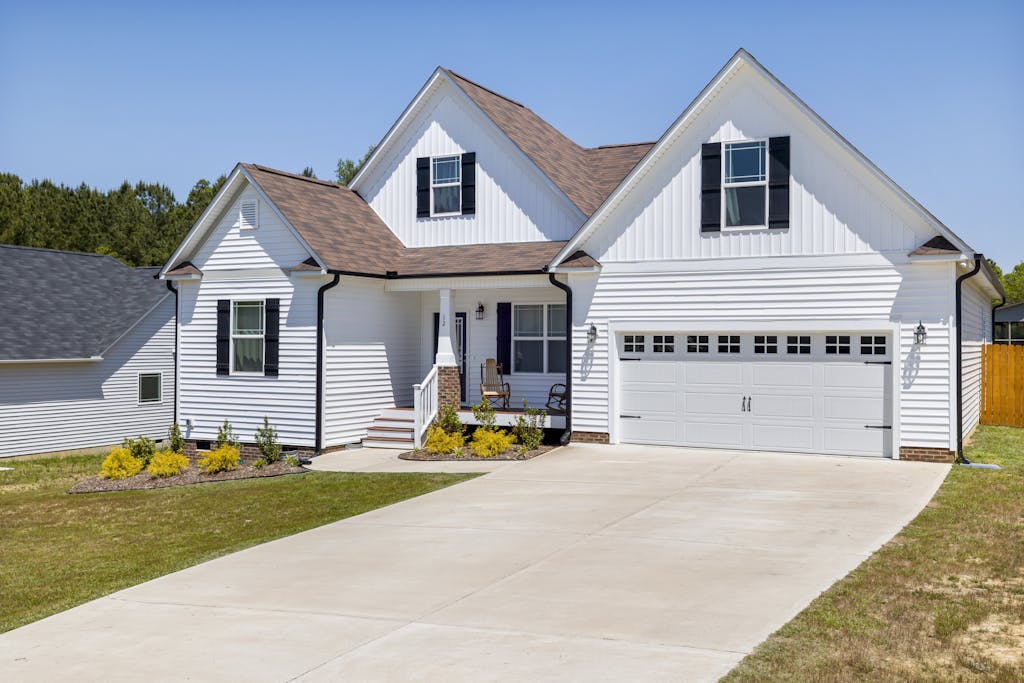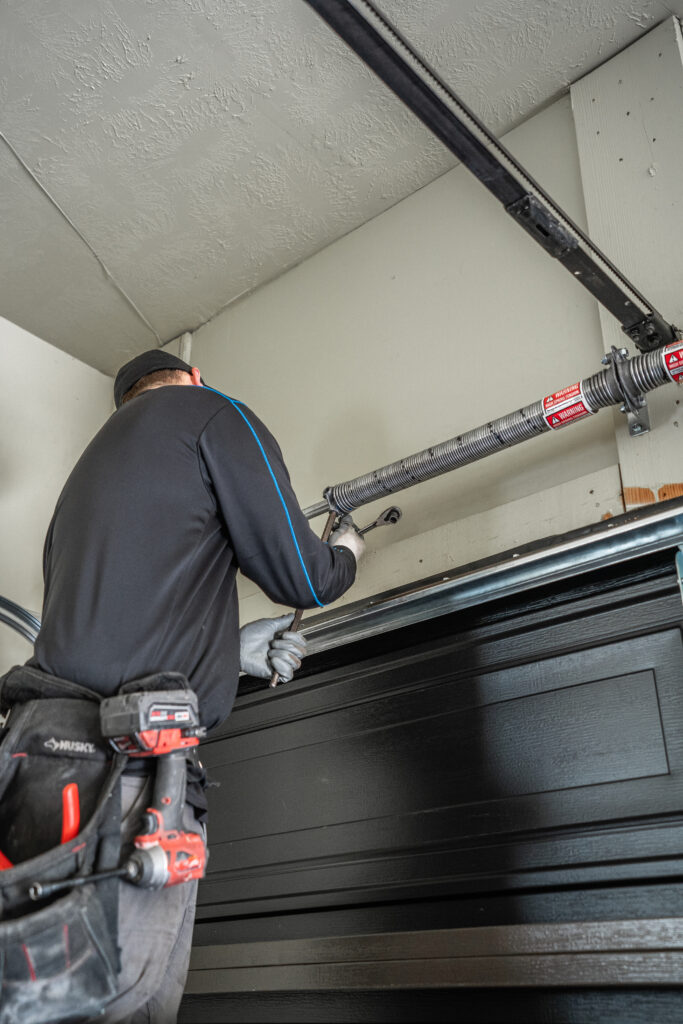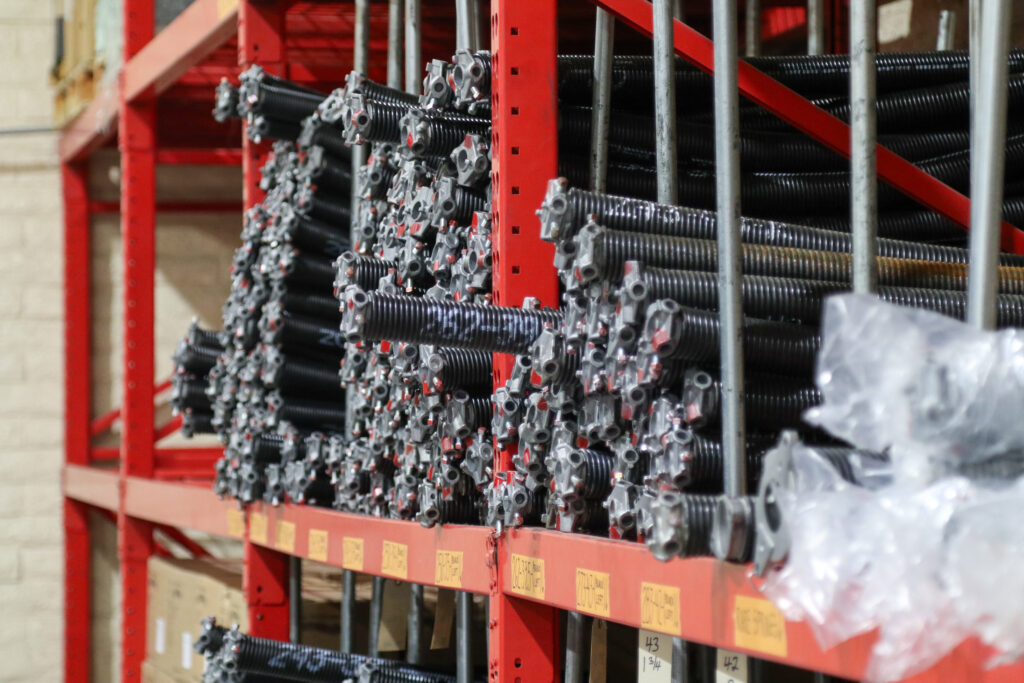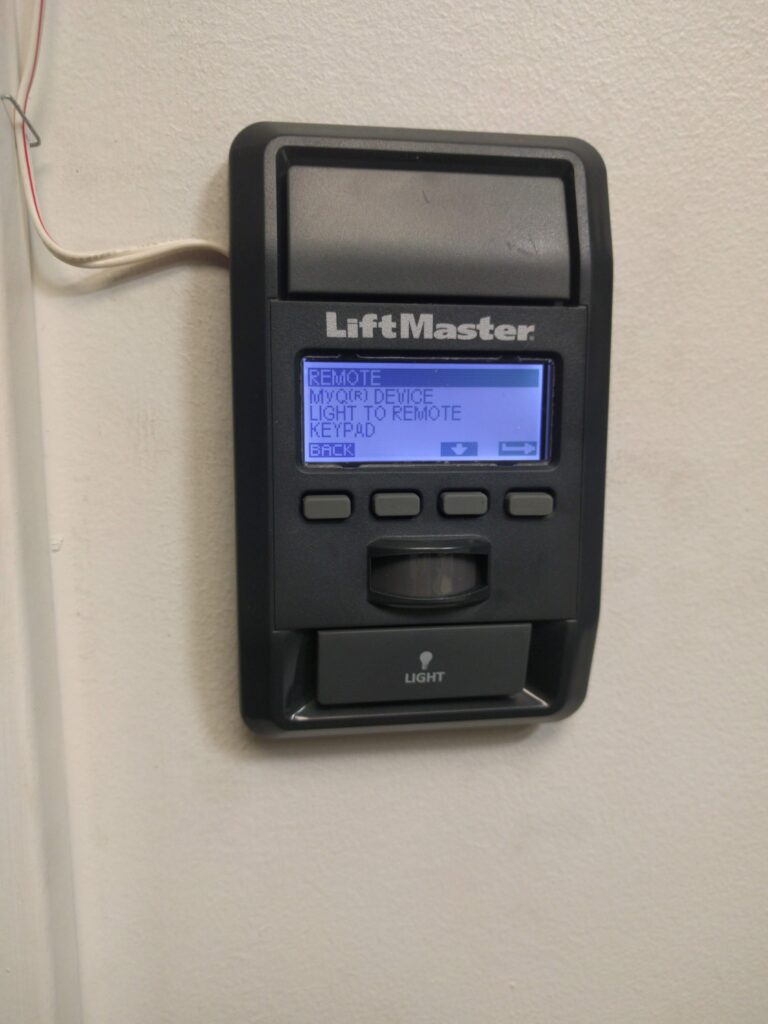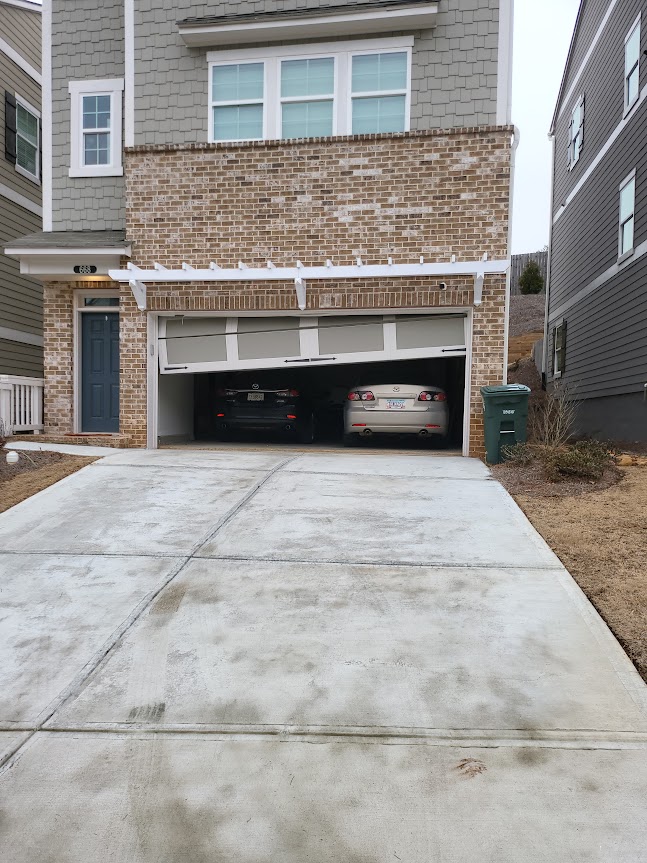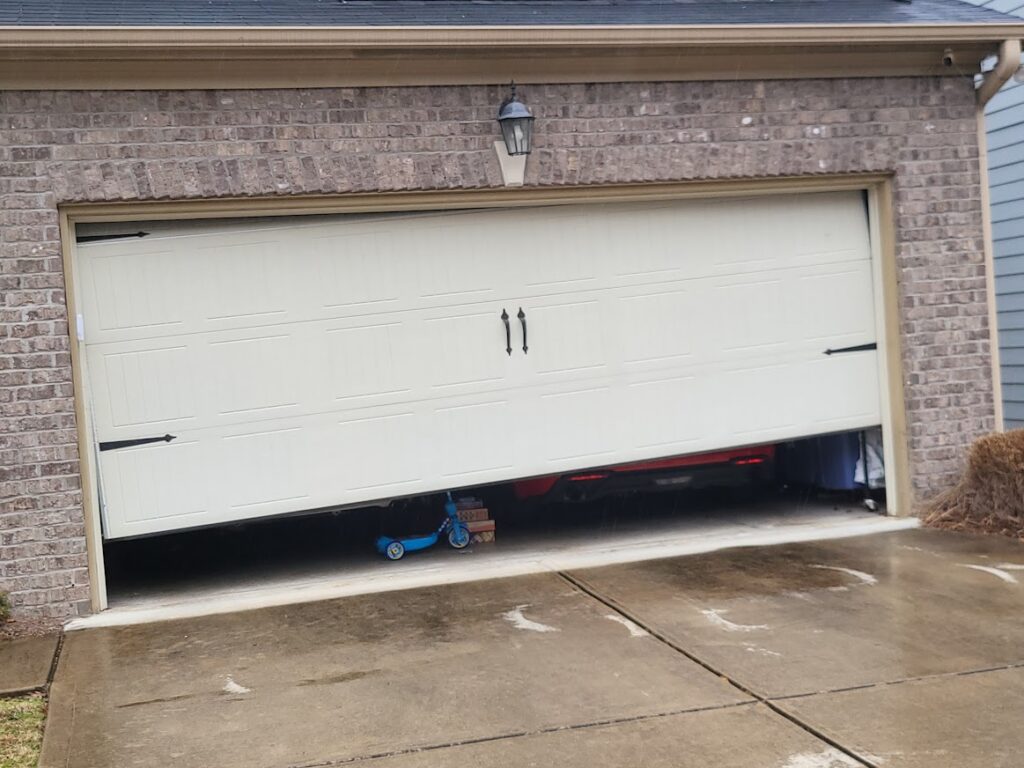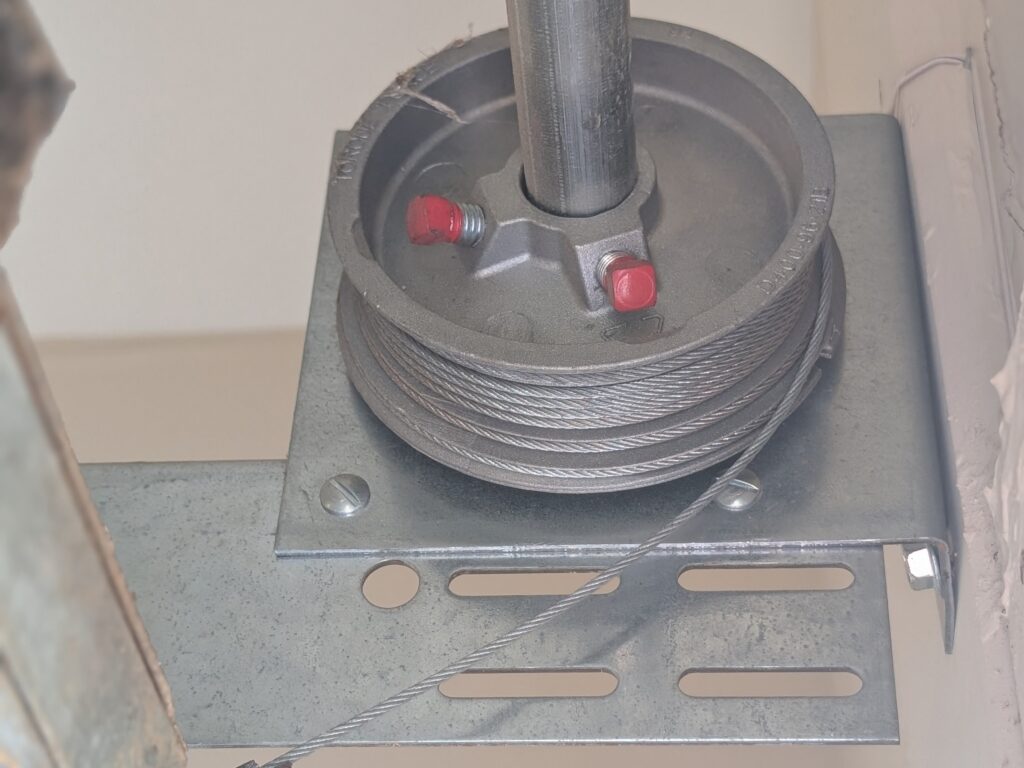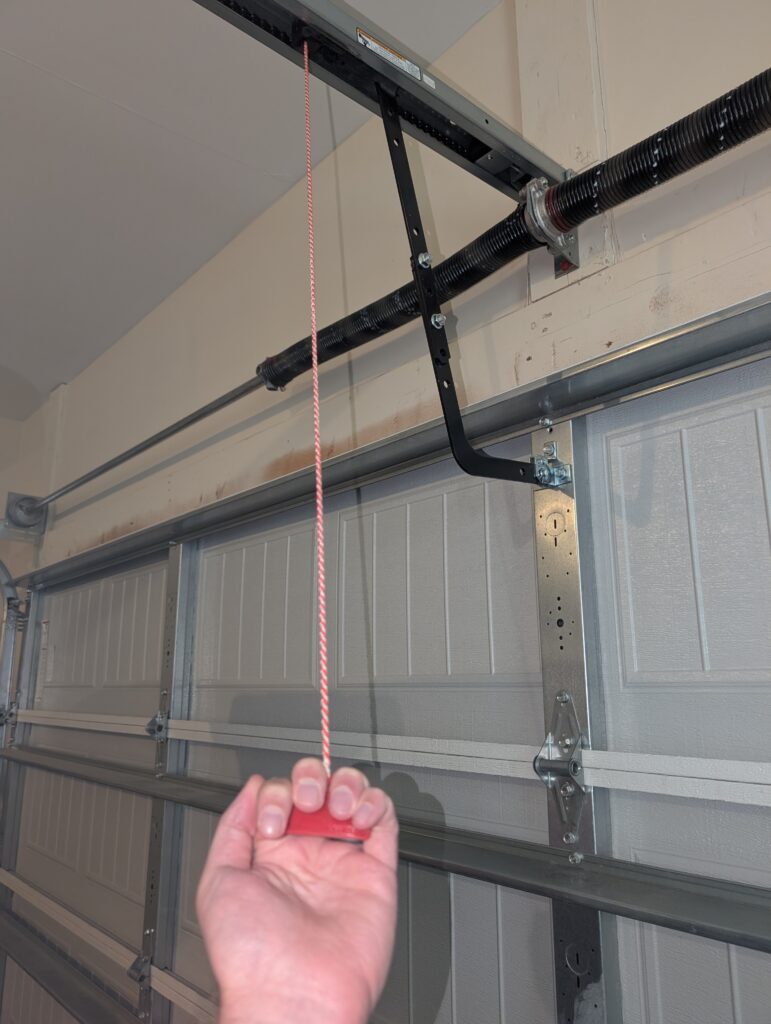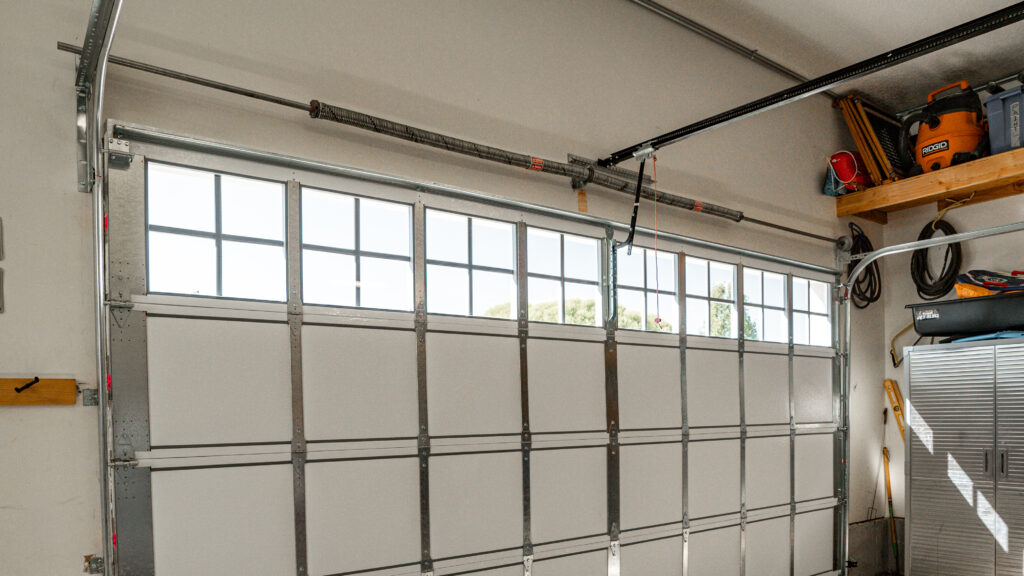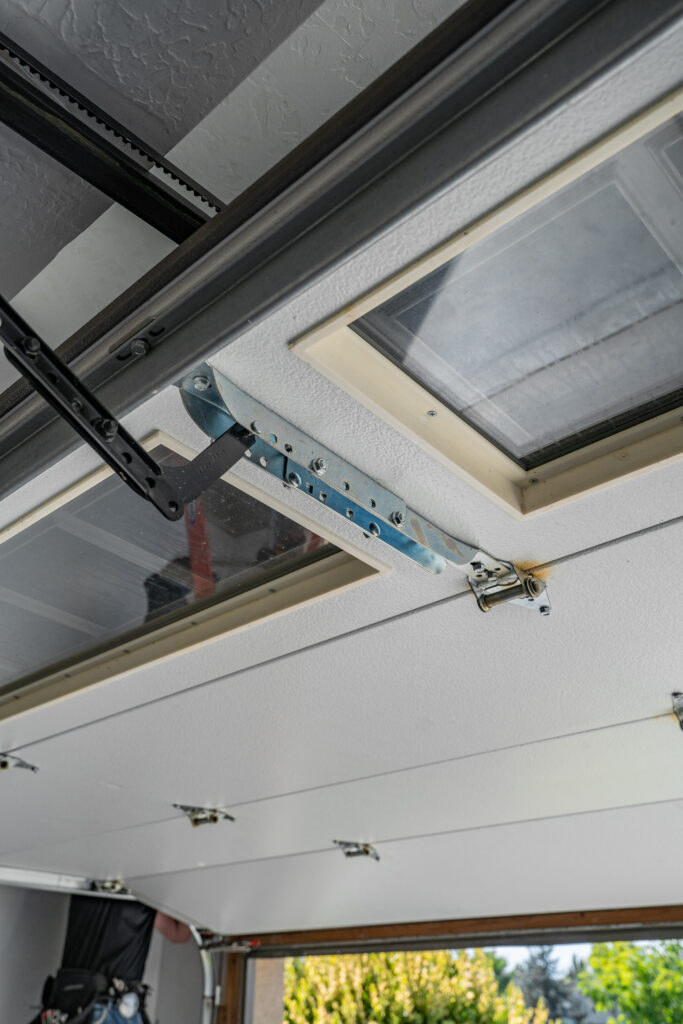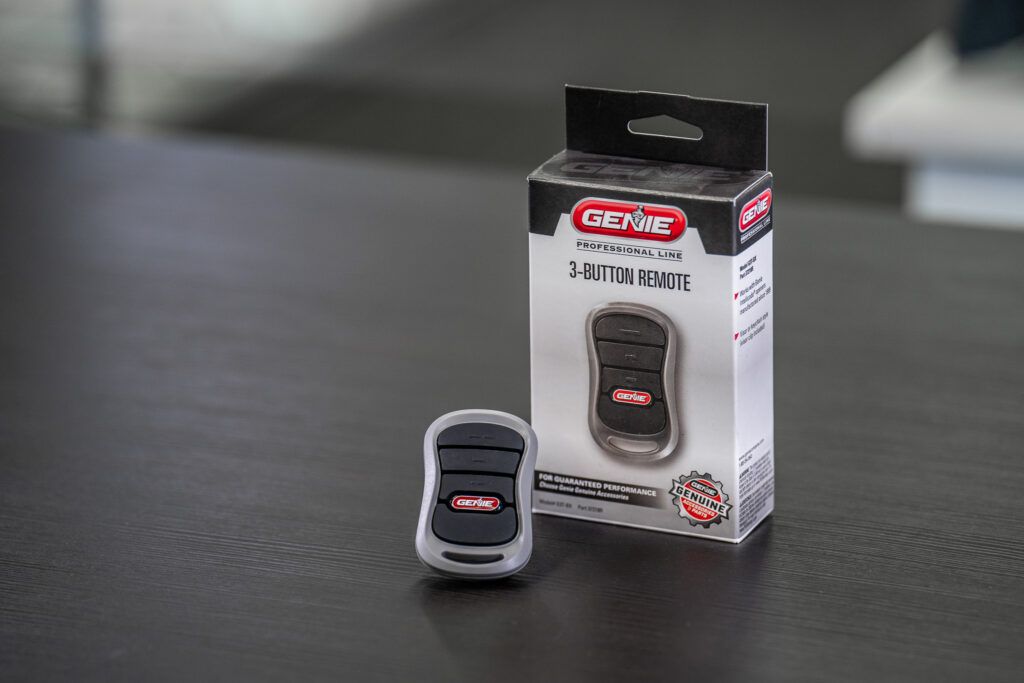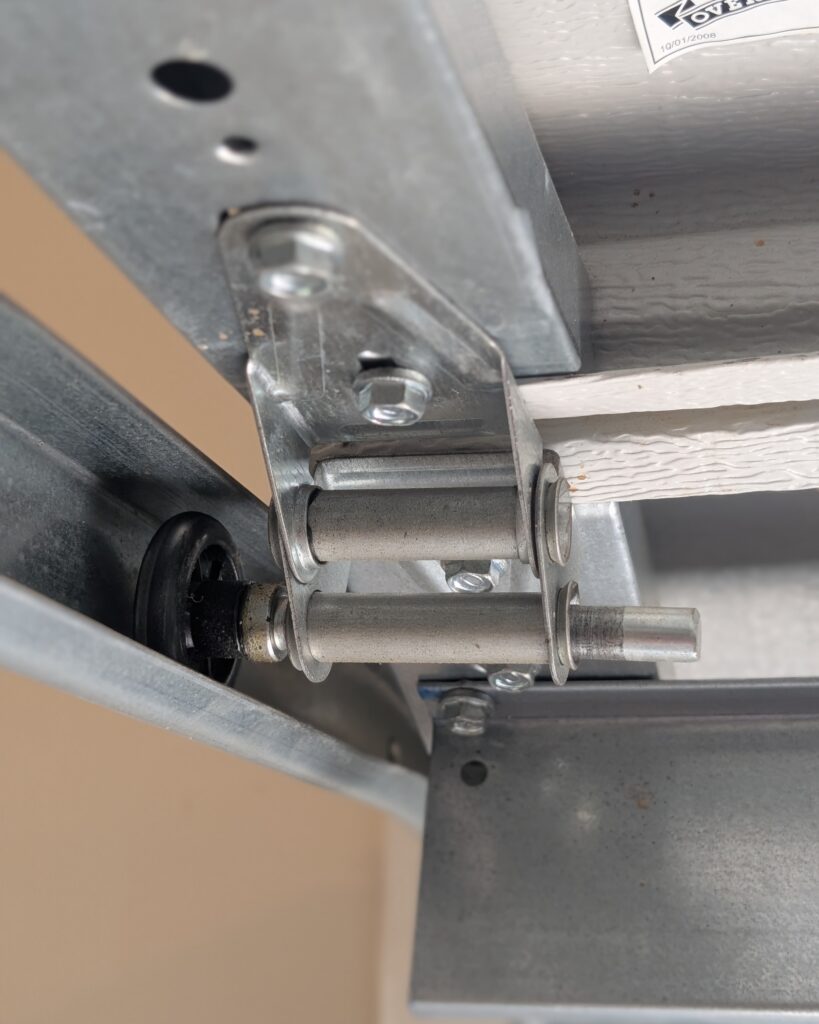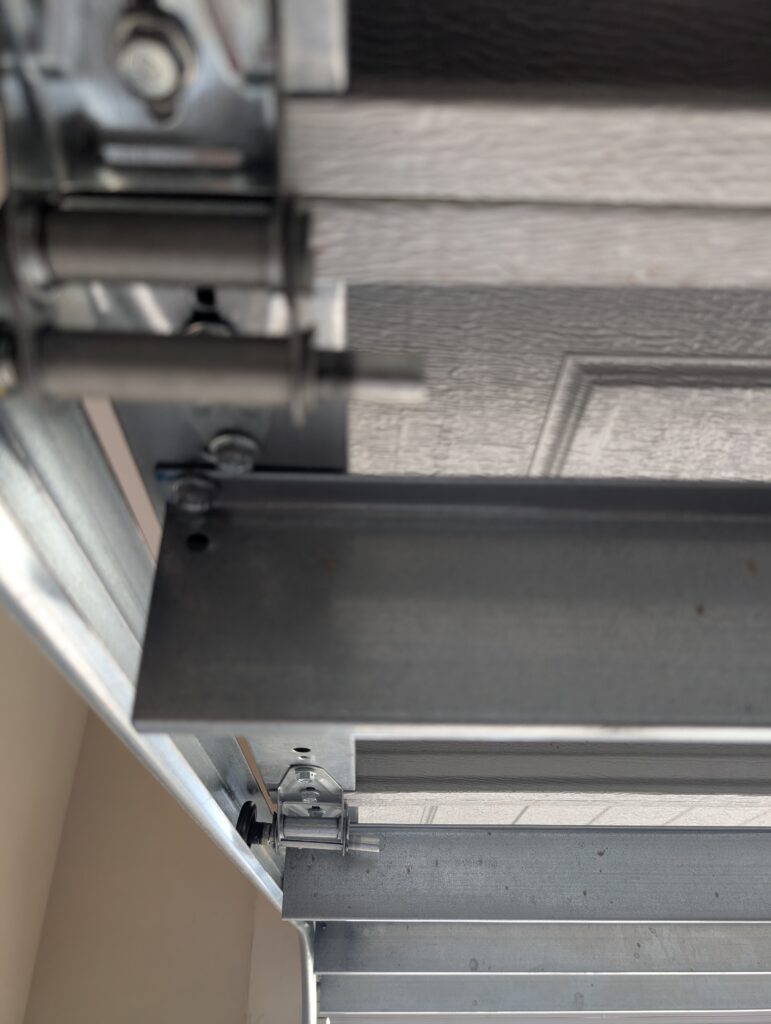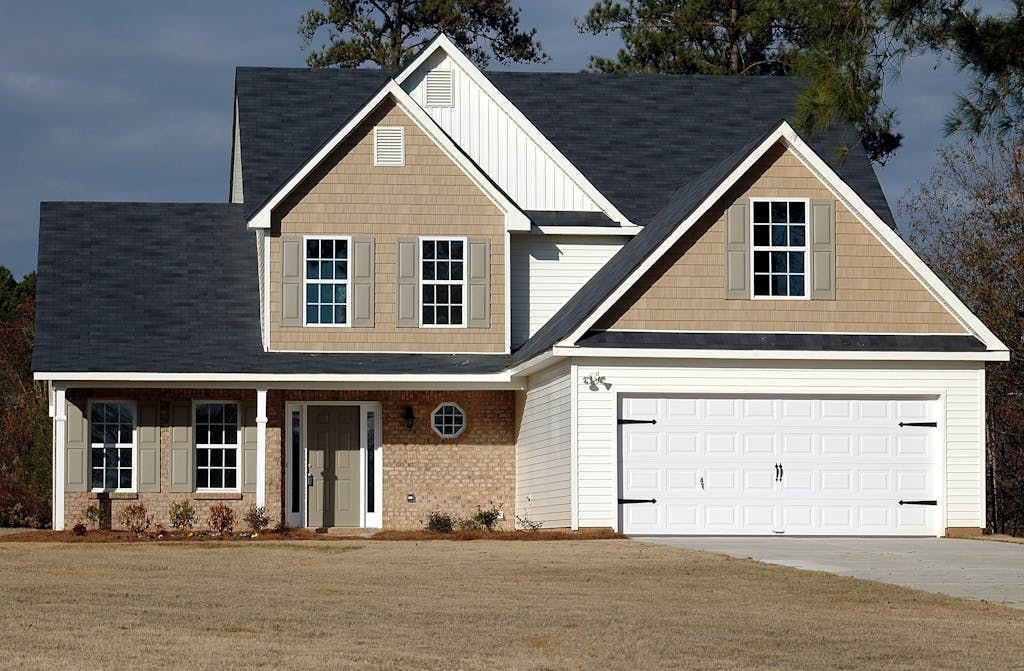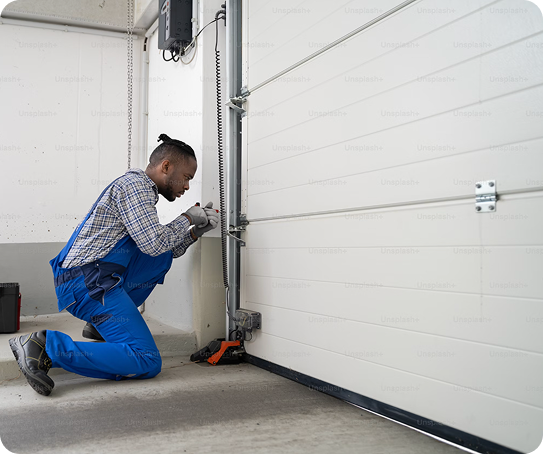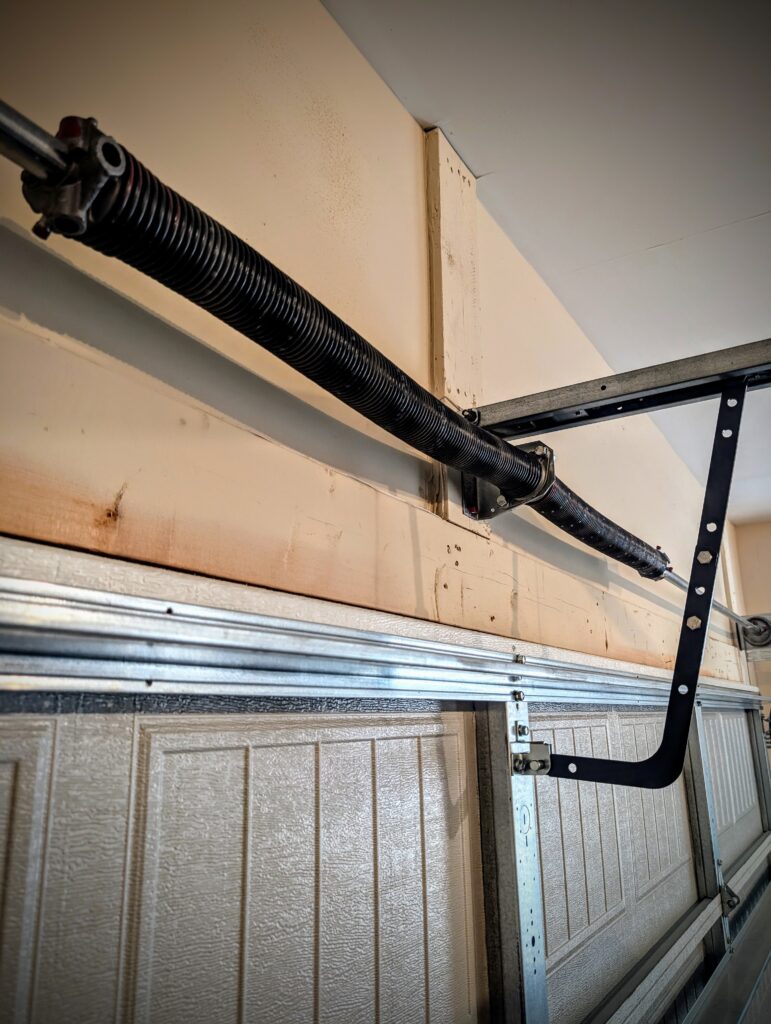Belt vs Chain Drive Garage Door Opener: Which One Is Right for Your Home?
While both belt and chain drive garage door openers are popular choices, their primary difference lies in the drive mechanism, with belts offering quieter operation and chains providing more robust lifting power. Both systems, however, serve the same fundamental purpose of automating the opening and closing of your garage door.
By: Kelly Larson | Published: April 29, 2025
Find Garage Door Repair Services
Get a fast & free quote | Schedule your service today
Belt drive and chain drive garage door openers are the two most popular drive system types for homeowners. Both offer reliable performance and durability, but they’re far from created equal. To help you decide whether to go the chain or belt route, we’ll dive into the pros and cons of each, compare pricing and unpack some performance factors to consider, so you can find the best garage door opener.
Belt Drive Garage Door Openers: The Quiet Performer
Belt drive openers are known for their quiet performance, smooth operation and low maintenance requirements. The belt itself moves around a set of pulleys to raise and lower the garage door via the trolley. Belts are typically made of steel-reinforced rubber, but are sometimes made of polyurethane or fiberglass.
Advantages of Belt Drive Openers
There’s a lot to love about belt drive openers, including:
- Quiet performance: Unlike chains which make a lot of noise when in operation, belts reduce friction and vibration, making for a much quieter experience.
- Low maintenance: Belt drives require fewer routine maintenance sessions than other popular types of drive systems.
- Smooth movement: Reinforced rubber and other belt drive materials are less rigid than chains. As a result, they’re able to stretch just enough to prevent jerky or abrupt motions.
Since they’re so quiet, belt drive openers are ideal for garages that are below or next to living spaces or bedrooms.
Disadvantages of Belt Drive Openers
Belt drive openers offer plenty of advantages, but there are also some potential drawbacks to keep in mind.
- Pricier option: Though they require less maintenance over time, belt drives are more expensive than chain drives upfront.
- Weight limitations: Belt drives are perfectly capable of handling standard garage doors. But since reinforced rubber, polyurethane and fiberglass aren’t as strong as metal chains, they’re not recommended for heavier wooden or custom doors.
- Extreme temperatures can take a toll: Belts are prone to cracking in extreme cold and stretching too much in extreme heat.
Chain Drive Garage Door Openers: The Reliable Workhorse
Chain drives are by far the most popular and widely used drive systems out there. They’re durable, comparatively inexpensive and capable of lifting heavy doors. To raise and lower the garage door, the motor turns two sprockets, which cause the metal chain to raise and lower the door.
Advantages of Chain Drive Openers
Chain drives are the most popular choice among homeowner’s for good reason.
- Low cost: Chain drive systems are priced lower than any other drive type
- Widely available: You won’t have any trouble finding an excellent train drive garage door opener
- Lifting capacity: Metal chains are extremely strong and capable of raising and lowering heavy doors.
Disadvantages of Chain Drive Openers
While they’re budget-friendly and built to last, chain drive openers are noisy and require more routine maintenance than belt drives. Consider these cons before deciding which type is best for you.
- Loud operation: Since they tend to be noisy, chain drives are better suited for detached garages or garages that aren’t below or next to living spaces or bedrooms.
- Maintenance requirements: To keep it in tip-top shape, you’ll need to lubricate the chain at least twice per year.
- Jerky movements: The rigidity of metal can cause shaky, abrupt movements each time the door raises and lowers. This can lead to wear and tear of garage door hardware and components over time.
Chain vs Belt Drive Pros and Cons
| Drive Type | Pros | Cons |
|---|---|---|
| Chain Drive | ||
| Belt Drive |
Cost Comparison: Belt vs Chain Drive Openers
The average cost of a chain drive unit is between $150 and $250, and the average cost of a belt drive system is $175 to $450. Depending on the company you use, installation labor will typically run you an additional $300 to $400.
While the upfront cost of belt drives is higher, their average lifespan is 15 to 20 years compared to the chain drive’s 10 to 15 year lifespan. It may also be worth the higher price tag if you don’t want to create noise disturbances in adjacent rooms. But if you’re okay with lubricating it twice per year and don’t mind the noise, a chain drive opener is a perfectly adequate and reliable choice.
Comparing Chain vs Belt Drive: Performance Factors To Consider
Aside from installation costs and the opener itself, you’ll also need to weigh several performance factors into your decision. Noise levels, lifting capacity, durability and other details should be carefully considered before choosing between a belt or chain drive. Our table provides a side-by-side comparison.
| Performance Factor | Belt Drive | Chain Drive |
|---|---|---|
| Noise Level | Typically 40 – 60 decibels | Average of 60 – 80 decibels |
| Lifting Capacity | Up to 500 lbs depending on HP | Up to 700 lbs depending on HP |
| Raise/Lower Speed | 7 – 10 seconds | 7 – 10 seconds |
| Lifespan | 15 – 20 years | 10 – 15 years |
| Maintenance | Occasional belt inspection | Lubricate twice per year |
Which Type Is Right for Your Home?
The type of garage door opener that’s best for you and your home ultimately comes down to your priorities. Do you value quiet operation above all else? Belt drive all the way. Is budget your main concern? Chain drive wins every time.
Also consider the climate you live in. Belt drives won’t last as long as chain drives in extreme cold or heat. And if you’ve got a heavy custom or wooden door, you’re better off with a chain drive since it’s capable of lifting more.
>>Other Systems to Consider: Jackshaft or Direct Drive
Installation Considerations for Belt and Chain Drives
Installing a new garage door opener involves heavy parts, springs that are under immense pressure and precise measurements to ensure smooth opening and closing. Garage.com recommends professional installation for this process and can connect you with licensed professionals in your area.
If you do choose to go the DIY route, chain drive openers are far less complex than belt drives to install. Their chain and sprocket system has fewer moving parts than belt systems, and the adjusting the belt’s tension can be a delicate procedure. Always read the manufacturer’s instructions and safety warnings before attempting any type of DIY garage door work.
Frequently Asked Questions About Belt vs Chain Drive Openers
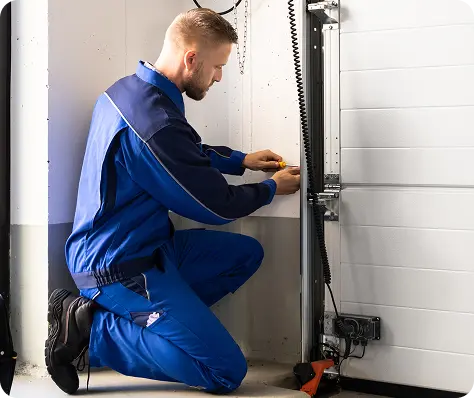
Get Your Free Quote and Schedule Your Garage Repair Today
Find top-rated companies for fast garage repairs and service to make sure your garage door system lasts. Get free quotes from garage door companies in your area.
Tips and Expert Advice for Your Garage
Stay informed with expert advice on garage door maintenance, garage door service, garage door replacement, and upgrades. Explore our blog for guides, troubleshooting tips, and more.


